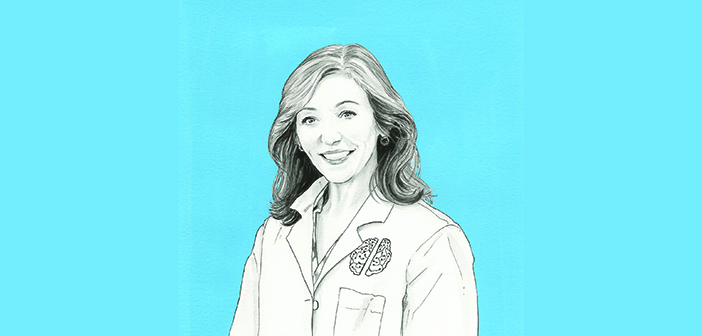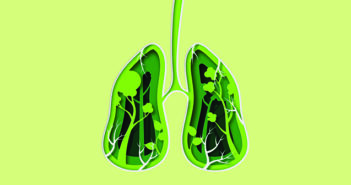Ask the Expert: Linda Carpenter, MD
Winter lowers a shade on our lives, bringing shorter days and dimmer light. Linda Carpenter, MD, a professor of psychiatry and human behavior and chief of the Mood Disorders Program at Butler Hospital, studies how light affects the brains of people with SAD and depression. She explains how this natural phenomenon can trigger a distinctly depressive response.
Seasonal affective disorder is defined as a pattern of recurring depressions whose onset and offset are related to the seasons, typically starting in winter and resolving in spring. Sometimes the depression can start in winter and become chronic. There’s also a spectrum of severity; a lot of people have mild versions. Anywhere from 1 to 10 percent of people develop SAD, and it’s far more common in women than in men.
The onset of SAD tends to correspond with shortening light, not cold. The hypothesis is that light receptors in the eyes, which send signals to the brain, are effecting brain changes that cause depression. We think there are several chemical systems involved, like melatonin, serotonin, and other neurotransmitters. There’s no clear biomarker to show who’s vulnerable. We only know that people who are prone to mood fluctuations are more prone to SAD.
Depression is often characterized by changes in energy and appetite. With SAD, those changes have a “hibernating bear” quality—carbohydrate craving, overeating, decreased energy, more sleeping. Many people with SAD also get seasonal anxiety.
The primary treatments are bright light, psychotherapy, antidepressants, and vitamin supplements—in particular, vitamin D. If you have even mild seasonal depression, it’s reasonable to get checked for a vitamin D deficiency. Bright light therapy is another pretty benign place to start. There are a variety of light devices out there—masks, wands, dawn simulators—but it must be 10,000 lux to be effective. Some of my patients find it annoying to sit and stare at a light. But I tell them just having the light in the room is helpful, because photons still make their way into your eyes. Just don’t use it toward the end of the day because it can keep you awake, and if you have an eye disease or take medications that make you photosensitive, you probably shouldn’t use it.
Remember that if SAD causes problems in daily life, there are treatments. And if your depression doesn’t resolve in the spring, that’s a sign you may want to get treatment: The more chronic a depression becomes, the harder it is to treat.




